How to install foundations at your fishery
We delve into the challenges of waterside construction, outlining the advantages and disadvantages of various foundation types, and learn how to create durable, long-lasting structures that add value to your fishery.
Every successful fishery at some point builds something next to the water. Whether it’s fishing pegs and platforms, accommodation pods or lodges, toilet blocks, or raised walkways, well-built structures keep anglers comfortable, safe, and coming back for more.
The big problem? Building near water is notoriously tricky. Traditional concrete foundations can be messy, difficult to install, and prone to shifting over time, especially on soft or uneven ground. Access issues, environmental concerns, and long curing times only add to the conundrum!
If you get it wrong, you risk unstable platforms, sinking buildings, and costly repairs that will disrupt your business and drain your budget. Fortunately, modern foundation solutions offer a faster, cleaner, and more stable alternative.
In this guide, we’ll explore the challenges of waterside construction, break down the pros and cons of different foundation types, and show you how to build strong, lasting structures without the drawbacks of conventional methods.
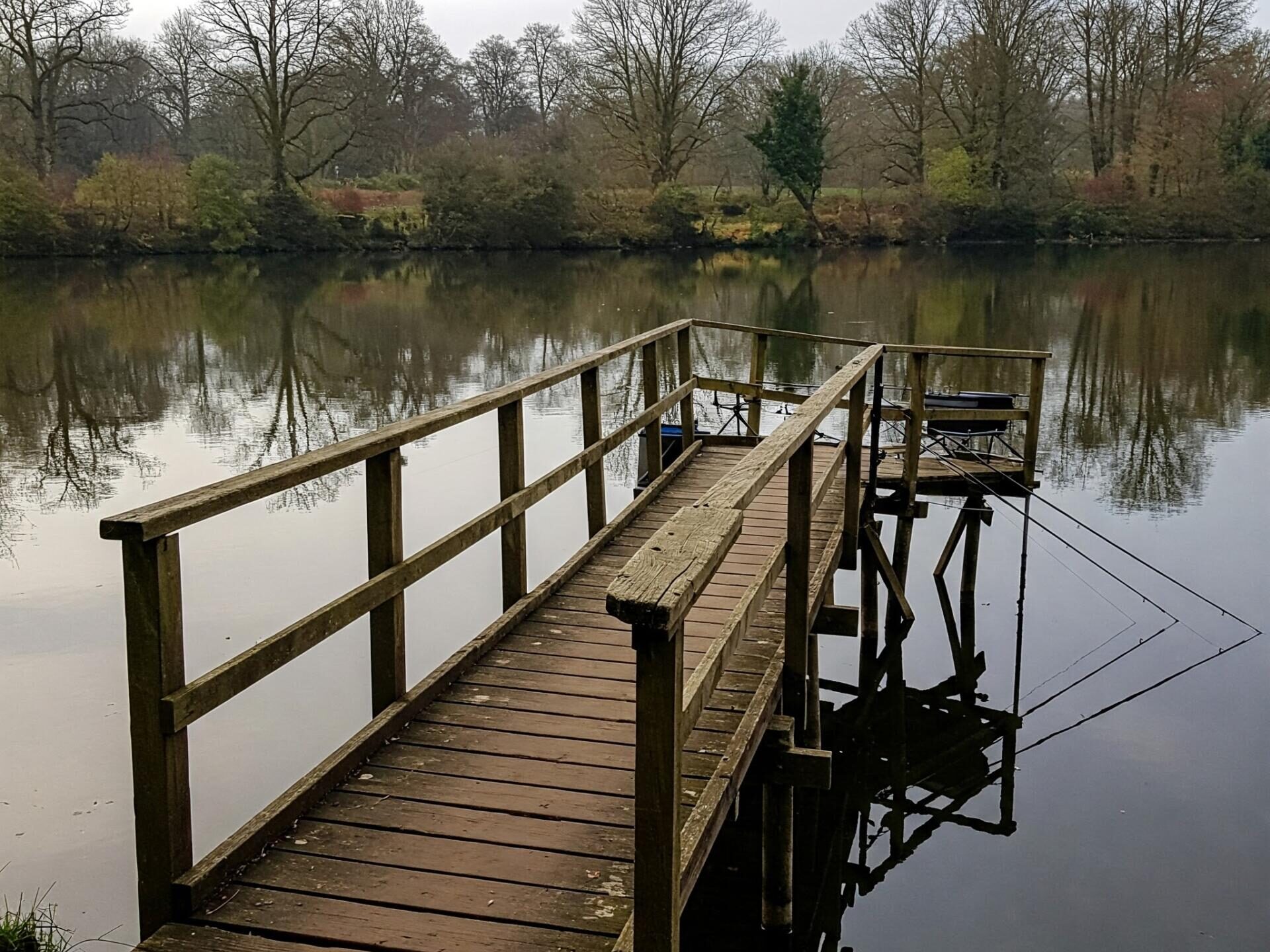
A common sight for anglers. Timber platforms and pegs are ok when first built, but they quickly degrade and rot when in contact with water, leading to unstable platforms and foundations for fisheries.
Foundation Choices for Waterside Projects
When you’re building near water, building foundations are trickier than usual. Water tables shift with the seasons, banks can be unstable, and getting heavy equipment to the site is often challenging, if not impossible.
Even seemingly solid ground can become waterlogged after rain, causing problems during installation and long after. So what are the options? Let’s break them down:
Traditional Concrete Base
Most builders still default to concrete bases, though they’re not always the best choice for waterside installations. You’ll need to dig out the site, often add steel reinforcement, and pour a concrete pad to support your building or platform. While this can work well in perfect conditions, water often causes problems both during installation and years later. Erosion and shifting ground can crack even well-laid concrete over time.
Advantages:
- Provides excellent load distribution for heavy structures – important for larger buildings
- Long-lasting in stable conditions and requires minimal maintenance once correctly set
- Familiar to most contractors, so it’s easier to get quotes and arrange installation
Limitations:
- Requires large machinery and good site access – often impossible near water
- High risk of water damage during curing, plus ongoing issues with ground movement
- Major environmental impact from both installation and long-term chemical leaching
Concrete Block Piers
Instead of a full concrete base, block piers create support points at key locations. You’ll need to place pre-cast blocks or pour concrete piers, making sure they’re all perfectly level. This works well for smaller buildings and saves on concrete, but getting everything level – and keeping it that way – takes serious expertise. The gaps between piers help with drainage, though they can also create weak points for the building itself.
Advantages:
- Significantly less concrete is needed than a full base – better for the environment
- Good drainage between piers helps prevent water pooling underneath
- Can handle sloping sites by varying pier heights without excessive excavation
Limitations:
- Individual piers may sink at different rates, causing structural stress
- Each pier needs proper ground preparation and precise levelling
- Limited adjustment options if ground conditions change after installation
Floating Platforms
Floating foundations do exactly what they say – they float your building on the water using buoyant pontoons. While originally used only for boat houses and docks, modern materials can also support buildings. They work well where structures are situated on or close to the water.
Advantages:
- Automatically adjusts to any water level changes without mechanical systems
- Zero impact on bank stability or water flow patterns
- Can be moved to new locations if needed without leaving site damage
Limitations:
- Building weight must be carefully controlled to maintain proper flotation
- Needs regular underwater checks and maintenance of flotation systems
- Movement in wind or waves poses some risks
Elevated Stilts
Steel or timber posts can raise a building above water level, which is popular for fishing huts, pods and platforms. Modern steel posts have base plates to spread the load, while timber posts can be driven deep into solid ground. This simple solution works well for lighter buildings that need to stay high and dry.
Advantages:
- Excellent flood protection – keeps structure well above changing water levels
- Creates useful storage or access space underneath the building
- Installation causes minimal disruption to ground conditions and drainage
Limitations:
- Weight capacity restricted by post strength and ground conditions
- Regular maintenance required, especially for timber posts in damp conditions
- Often requires additional diagonal bracing for stability in windy conditions
Ground Screws
Building on the strengths of stilts, ground screws offer an innovative way to build near water. These steel foundations screw deep into the ground, providing solid support without the mess of concrete.
Installation requires only light equipment, so they suit areas with tricky access. Unlike posts or stilts, they anchor deeply into the ground, offering a far superior platform on which to build almost anything, from fishing plaftorms and pegs to small, lightweight shelters or even full-sized modular buildings and lodges.
Plus, unlike concrete, ground screws are non-destructive to the environment and work well in areas with a high water table as they’re not susceptible to erosion.
Advantages:
- No heavy machinery required – just a handheld driver or small tracked machine that can access most waterside sites without much hassle
- Minimal ground disturbance keeps banks stable and preserves natural drainage patterns
- Can be adjusted after installation to maintain perfect levelling even if ground conditions change
Limitations:
- Initial outlay varies, though you’ll save on groundwork and waste removal
- Soft or waterlogged ground may need longer screws to reach stable soil layers – though this isn’t usually a problem
- Some rocky or heavily compacted soils might require professional installation
As you might imagine, choosing the right foundation for your waterside project means weighing up several factors. Of all these solutions, ground screws show some unique advantages for waterside building. They combine the stability of traditional methods with minimal site disruption and offer ongoing adjustments that other foundation types cannot match.
Let’s look at ground screw installation in detail, showing you exactly how they work in different ground conditions near water.
Ground Screws: A Better Way to Build Near Water
Ground screws offer a simple, effective way to build near water without the hassle of concrete. You install ground screws using a mechanical driver that rotates them into the ground. The helical plates – resembling the thread of a screw – cut through the soil and compact it tightly around the shaft. This creates a dense, stable foundation point without significant excavation.
Once in place, adjustable brackets at the top of each screw allow for precise levelling – essential for structures near water, where uneven terrain is common. The brackets connect directly to the building’s frame, providing a secure mounting point that can be fine-tuned as needed.
The Benefits of Ground Screws for Fisheries
Now we know what ground screws are, let’s look at why they’re such a good fit for fishery construction:
Works When Weather Doesn’t Cooperate
We all know how weather can throw construction plans into chaos, especially near water. While concrete work might stop for days or even weeks during wet weather, the show goes on when you’re fitting ground screws. They work well on wet ground, and a bit of rain won’t affect the installation at all.
All-weather reliability simplifies project planning. You can confidently schedule work, knowing that changing weather conditions won’t derail your timeline. This is particularly helpful when you’re working to tight schedules or trying to minimise disruption to your business.
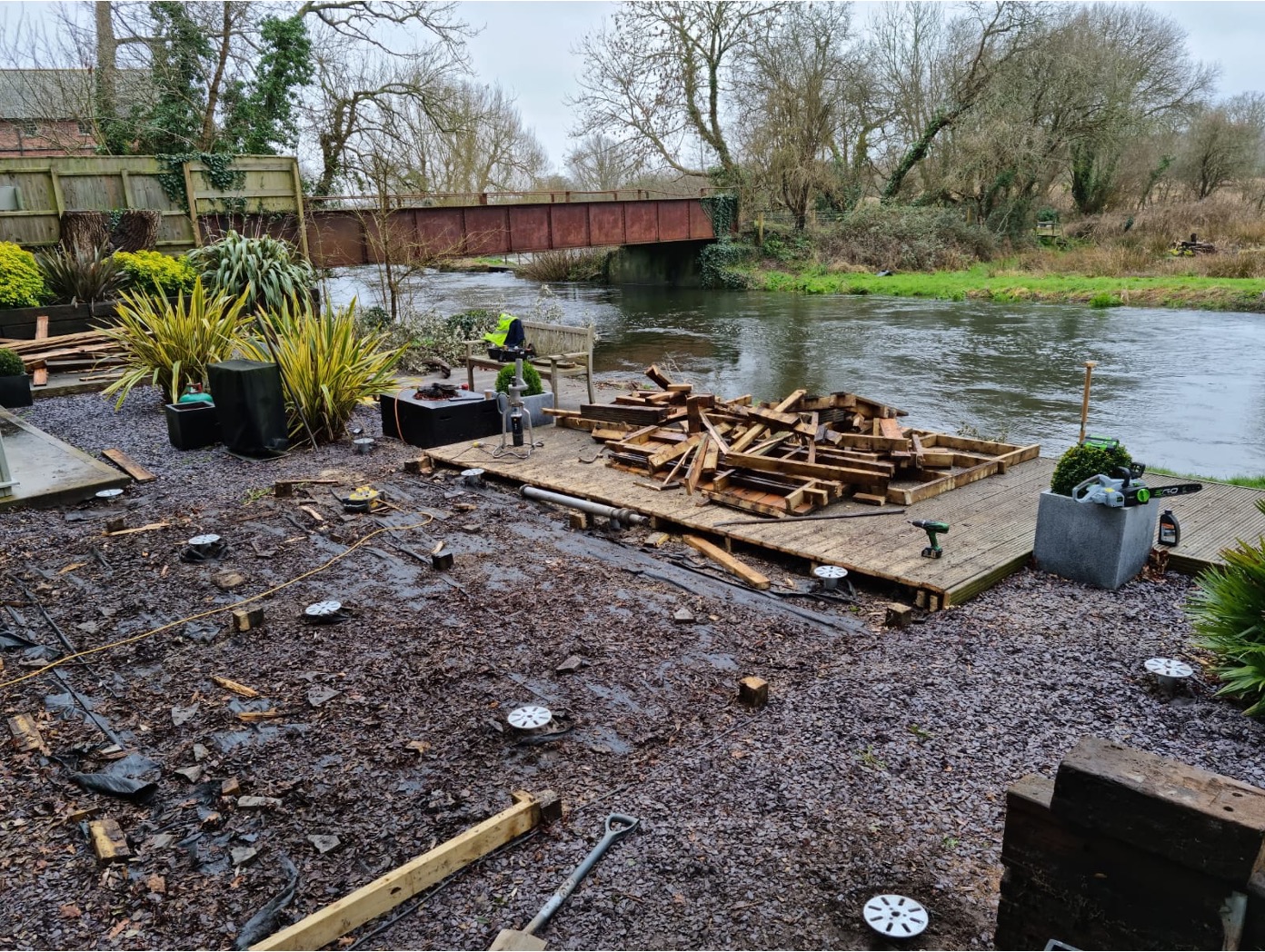
This riverside installation is prone to flooding and the ground is unstable. Ground Screws offer the perfect solution to this difficult site.
Keeps Banks Safe and Stable
Bank stability matters when you’re building near water. Traditional foundations often cause problems – heavy machinery damages paths, excavation weakens soil structure, and before you know it, you’re dealing with erosion issues that take years to fix.
Ground screws actually improve stability as they penetrate the ground. The spiral plates compress the soil around them, creating stronger ground rather than weakening it.

Permanent installations and building work are possible right next to the water, or in some cases over the water.
Ready to Use Right Away
Laying concrete foundations is time-consuming. It needs time to cure properly, especially in damp conditions near water. Conversely, ground screws are ready to use as soon as they’re installed. There’s no delay between finishing the foundations and starting construction, and you don’t have to worry about weather affecting curing times.
Quicker often means cheaper, eradicating unforeseen planning issues and closing the gap between kicking off your project and finishing it.
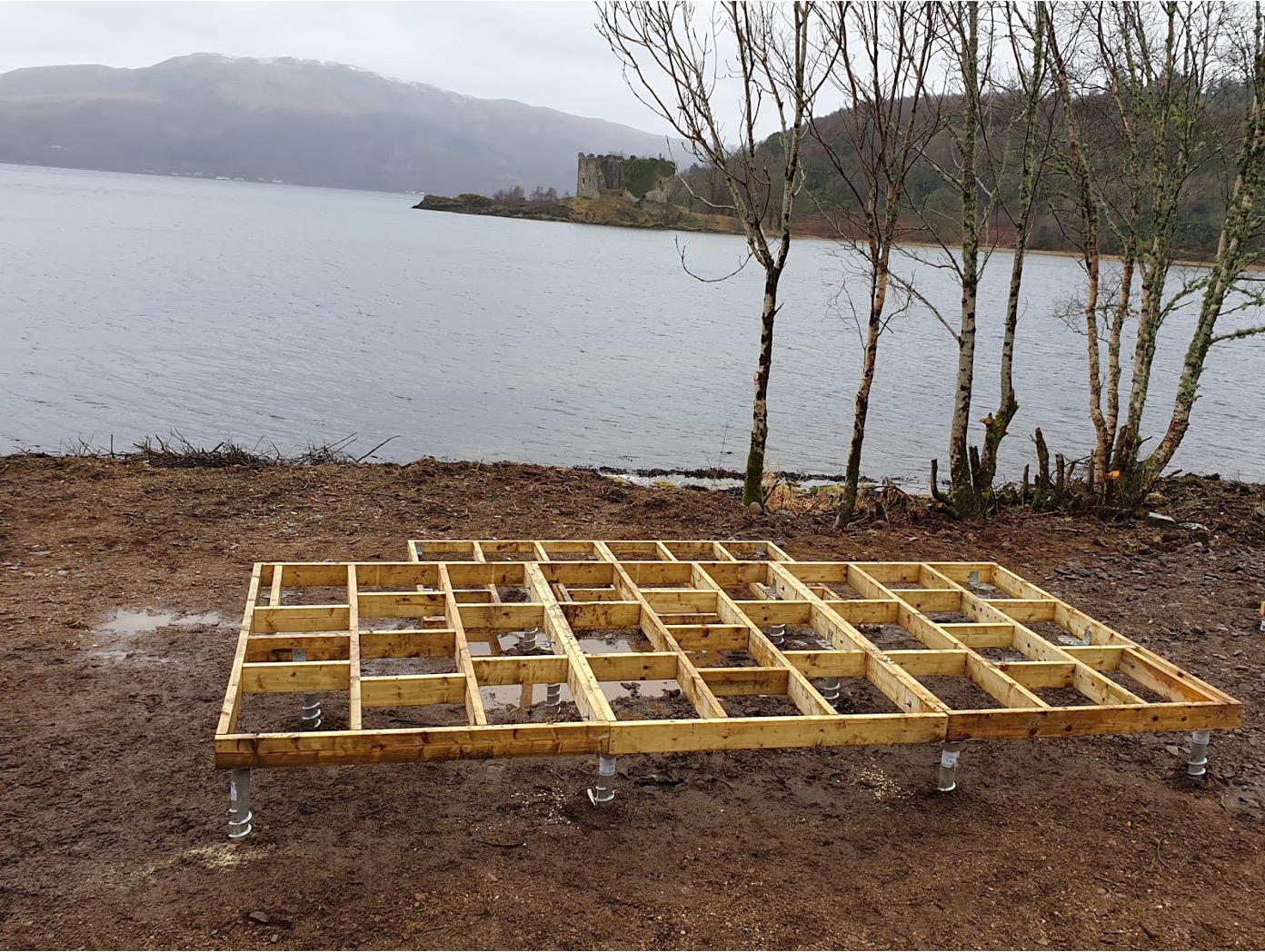
This loch side installation was remote and it was not possible to use concrete. Ground Screws saved the day and were quicker and cheaper to install.
Adapts to Your Needs
Fishery construction projects have different building requirements, and ground screws handle them all surprisingly well. The system adapts easily to platforms, buildings, and walkways. The adjustable brackets allow you to create perfectly level foundations even on sloping ground, and you can fine-tune heights even after installation if needed.

This installation cantilevers over the edge of the lake, the unstable banks and remote location were not an issue when using ground screws. This sort of job would have been impossible with more traditional foundations.
Installation Tips for Waterside Ground Screws
While installing ground screws near water is straightforward, there are some important things to keep in mind. Here’s what we’ve learned about getting the best results around lakes and ponds. Installing ground screws near water is straightforward, but a few key factors make all the difference. Here’s what we’ve learned about getting solid, long-lasting foundations around lakes and ponds.
- Know your water levels: Water levels fluctuate. Paying attention to changes in the water level helps you choose the right screw lengths from the start. In flood-prone areas, going longer adds stability when water levels surge.
- Plan bank access: Getting equipment to the site without damaging the shoreline takes planning. Look for firm access points, and if the ground is soft, lay temporary boards to prevent erosion. If a bank shows signs of previous movement, setting screws slightly farther back is often the smarter move.
- Test the ground first: Soil near water can be unpredictable. What looks solid might be hiding soft, shifting ground underneath. Testing helps ensure the proper screw lengths for every location.
- Install professionally: While ground screws are easier to install than concrete, near-water installs leave less room for error. Depth and angle matter, especially in variable ground. Professional installers know how to read site conditions, choose the right screws, and get everything level from the start – saving time, money, and headaches down the line.
Get Started with Ground Screws From GSC
Here at Fisheries.co.uk we’ve partnered with the No.1 ground screw company in the UK – GSC. With solutions for all soil types and ground conditions around water they can offer fishery owners the advice they need however tricky the installation or site is. If you’re ready to explore the potential of ground screws for your fishery venue or waterside construction project, the friendly team at GSC are here to help:
- Use their online calculator to work out exactly what you need
- View their range of high-quality ground screws and brackets
- Take advantage of professional installation and load testing
Get 10% off and free shipping from GSC
We’re offering a special discount for Fisheries.co.uk readers when buying ground screws from GSC. When ordering online simply add in the following code FISHERIES and you’ll get 10% off your order and complimentary shipping – subject to their terms and conditions.
Similar articles
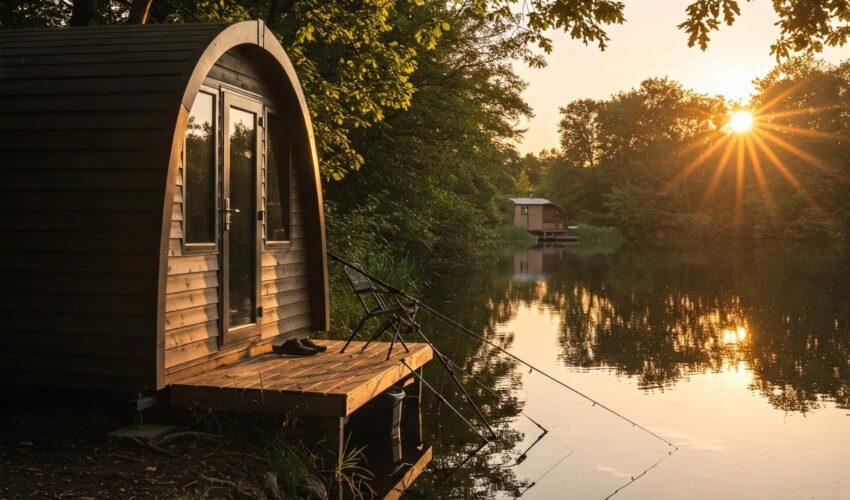
A guide to adding accommodation for fisheries
How to increase the income of your fishery by adding accommodation for anglers in the form of lodges, huts, cabins, pods and other modular buildings to your fishery venue.
The latest angling pods hit the fisheries market
Join the growing number of fisheries which are boosting their income by installing Tardis Angling Pods – providing their customers with comfort and convenience while adding real profit to the bottom line.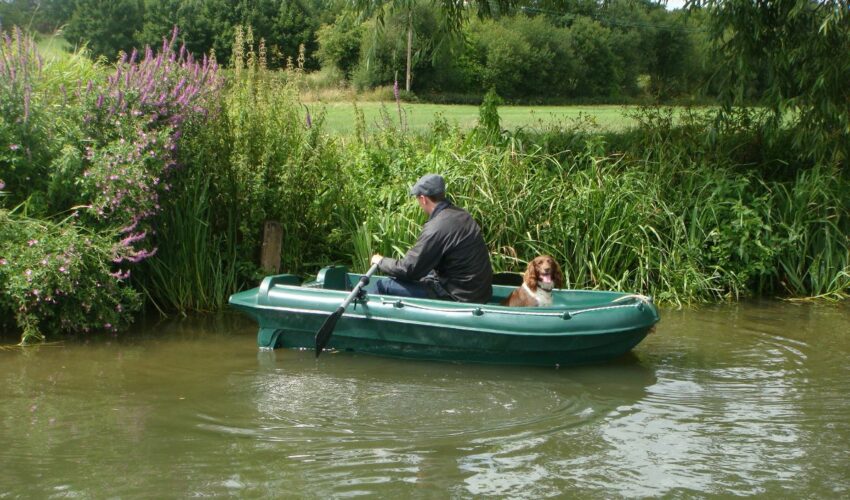
How to choose the right type of boat for your fishery
Whether you are a fishery owner looking for a boat to maintain your lakes or wanting a fleet of boats to let your own anglers get out on the water, choosing the right type of boat for the job can…
How lake fertilisation can improve your fishery and fish
Resident fishery management expert Bruno Broughton explores how lake fertilisation can help improve your fishery and explains how to go about it.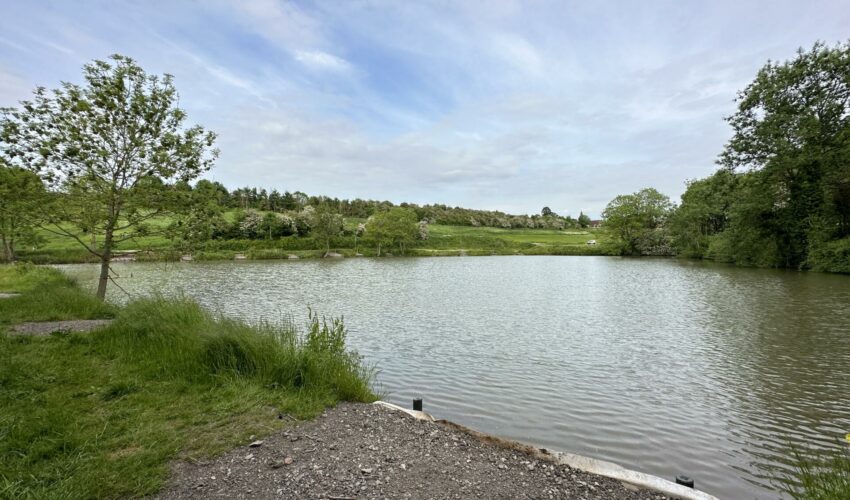
Make more money from your fishery!
Our ‘Top 10 Tips’ on how to make more money from your fishery this year. Not all are easy and most require some investment – but they will definitely help to increase the revenue from your fishery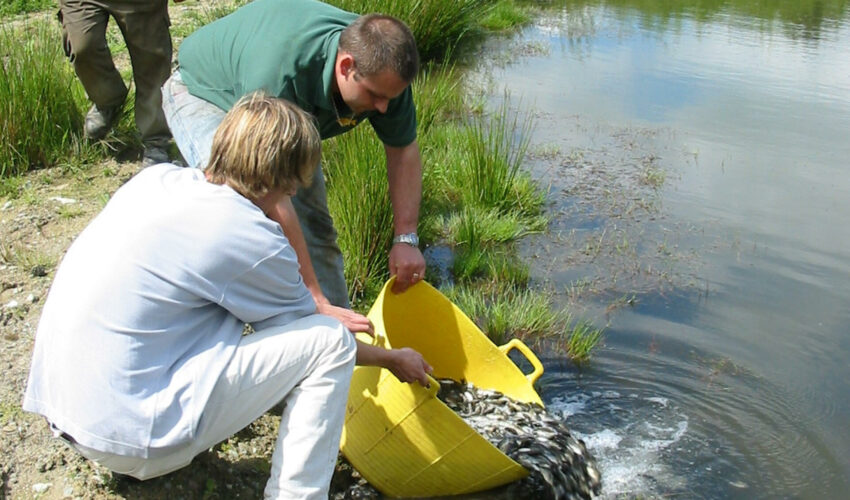
Timely advice on coarse fish stocking
Fisheries Management Consultant, Dr Bruno Broughton, gives timely advice on when and how to stock new fish.Search by Region or County
Find new places to go fishing in your local area or county by choosing your destination below










Comments